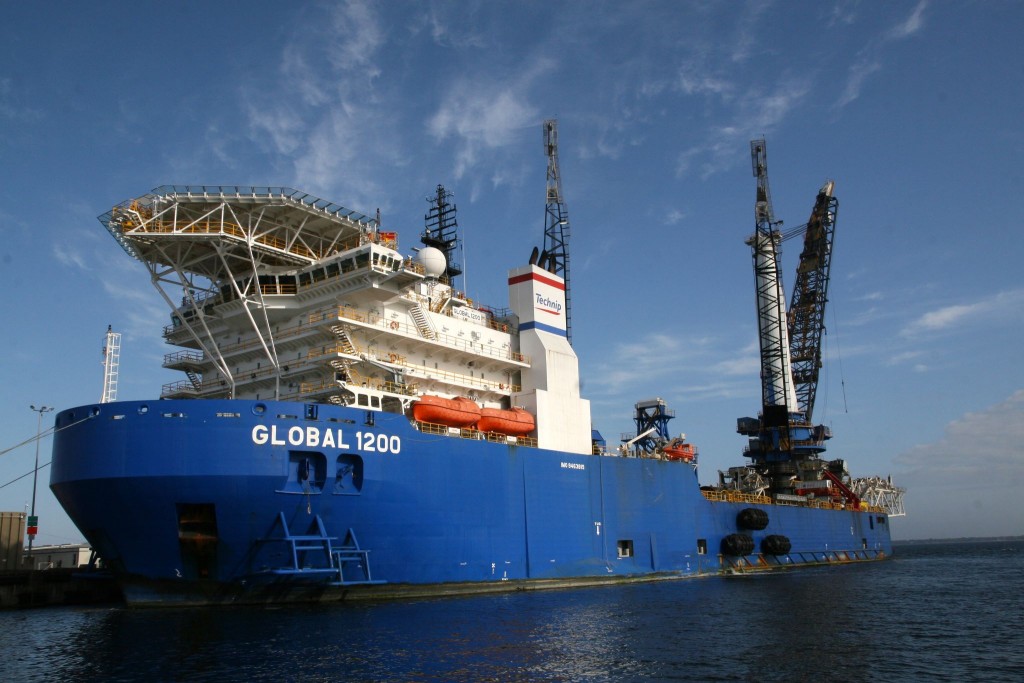The Port of Pensacola saw its four primary revenue sources drop over half a million dollars last year, according to unaudited financial report obtained by Inweekly. The revenue is down $1.1 million since FY 2012, Mayor Ashton Hayward’s second year in office. The biggest declines were in rentals – FY 12 $805K to FY 17 $491K – and dockage – FY 12 $799K to FY 17 $491.
| FY 2012 | FY 2014 | FY 2015 | FY 2016 | FY 2017 | ||
| Wharfage | Â 398,441 | Â 393,965 | Â 289,504 | Â 319,874 | Â 335,539 | |
| Storage | Â 194,977 | Â 232,946 | Â 240,969 | Â 131,406 | Â 66,266 | |
| Dockage | Â 799,392 | Â 635,847 | Â 545,597 | Â 498,016 | Â 128,284 | |
| Rentals | Â 805,132 | Â 409,048 | Â 588,584 | Â 606,510 | Â 491,287 | |
| Â 2,197,942 | Â 1,671,806 | Â 1,664,654 | Â 1,555,806 | Â 1,021,376 | ||
| Since FY 2012 | Â (1,176,566) | -54% | ||||
| Since FY 2014 | Â (650,430) | -39% | ||||
| Since FY 2016 | Â (534,430) | -34% |
The unaudited revenue figures show the Port of Pensacola failed to meet its FY 17 revenue goals for wharfage, storage, dockage and rentals by $726,324.
| FY 2017 | Â | Â | |
| Â | Budgeted | Actual | Variance |
| Wharfage | Â 361,800 | Â 335,539 | Â (26,261) |
| Storage | Â 181,900 | Â 66,266 | Â (115,634) |
| Dockage | Â 550,000 | Â 128,284 | Â (421,716) |
| Rentals | Â 654,000 | Â 491,287 | Â (162,713) |
| Â 1,747,700 | Â 1,021,376 | Â (726,324) |
Based on the documents submitted to Triumph Gulf Coast, the proposed Northwest Center for Dynamic Ocean Technologies will not pay any rent. Warehouse 4 and its land are considered the City’s in-kind contribution to the project.
The decline in revenue also means the city does not have the funds for any matching grants, as per the FY 2018 budget message.
In its budget, the Port of Pensacola administration states its goal is to: “Promote the long-term viability of the port and its ability to serve the maritime industry in a manner that ensures competitiveness with neighboring ports and promotes increased utilization of port facilities.”  Its performance measure for success has been retaining 4-5 major customers–nothing about hitting revenue numbers.
The Port’s five customers in FY 2012 averaged $440K each in revenue. Â In FY 2017, the Port’s four customers only averaged $255K each. Â The customer retention goal is meaningless if the revenue streams aren’t maintained. There is no mention that the Port was not meeting its FY 17 revenue goals.
Under the Business Development, the goal is: “Increase the utilization of port facilities by existing customers and work with local and regional economic developers and economic development agencies to attract new business and industry.”
Performance indicators are:
- Status of Current leases – Percentage of lease documents up-to-date and current with programmed rate increases implemented as scheduled. The Port gives itself a 100% for the past three years. Â – No demerits for Offshore Inland and DeepFlex.
- New Business – Number of new client prospects finalized or in active negotiations – Port claims to two new clients in FY 2017.
Reading the only goals and performance indicators in the FY 2018 budget, one would think the Port of Pensacola is a success.
In the FY 2018 budget, Â Mayor Ashton Hayward offered no plans for how he will turn around the Port operations.
One of Mayor Hayward’s standing goals is:  “City assets will be managed and safeguarded through reasonable internal controls, policies and systems that ensure legal compliance and fiscal stability.”
When a city enterprise or any business loses more than half of its revenue in five years and misses its FY 17 revenue goals by over $726K, would you consider the business well managed, safeguard and fiscally stable?
